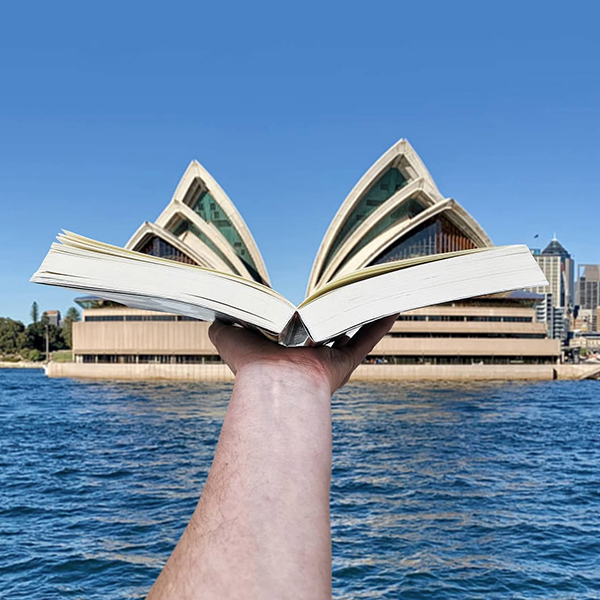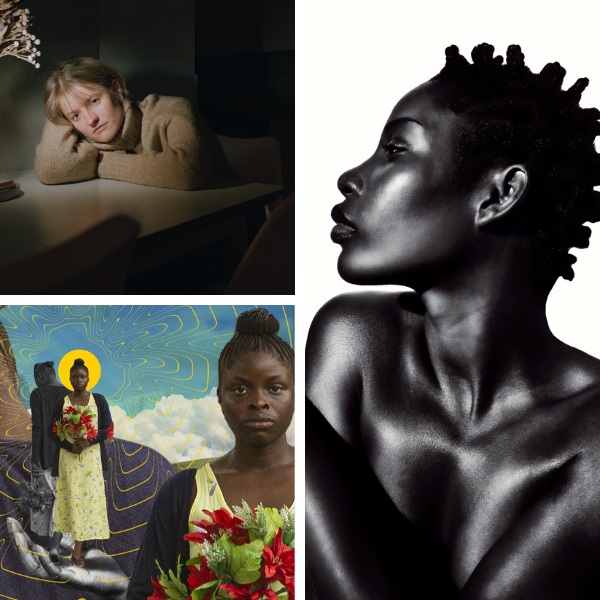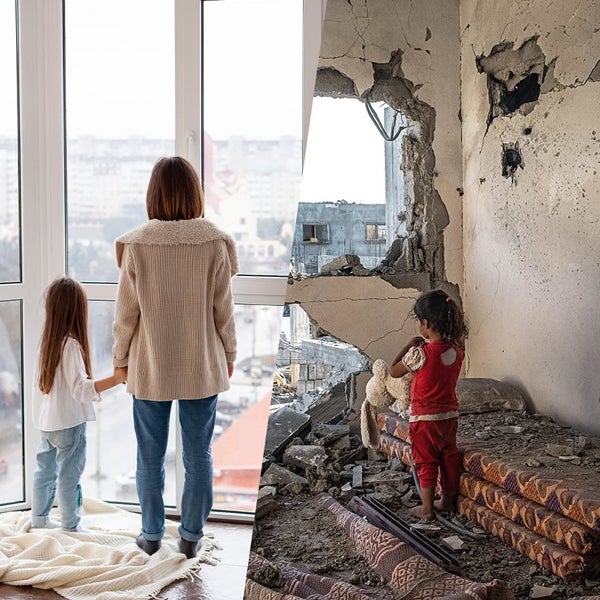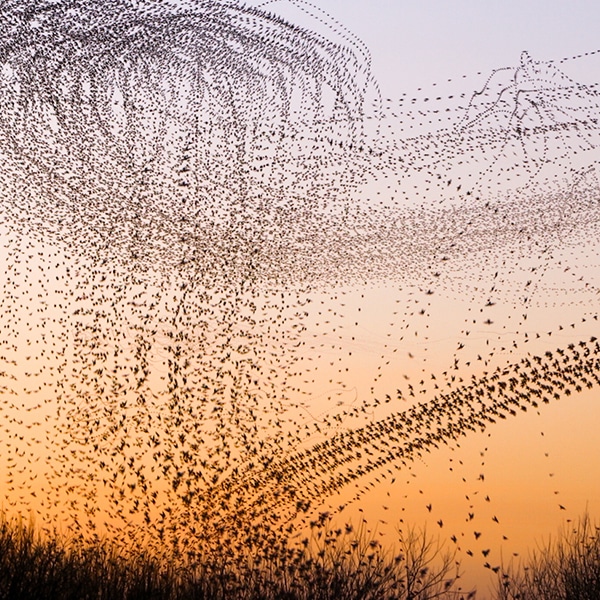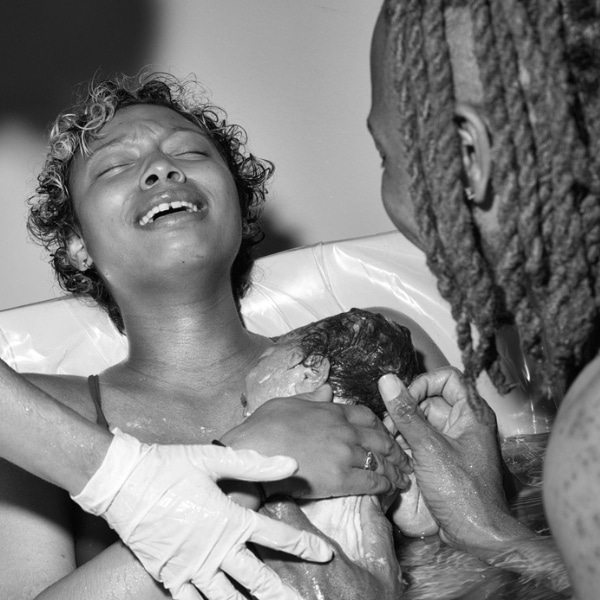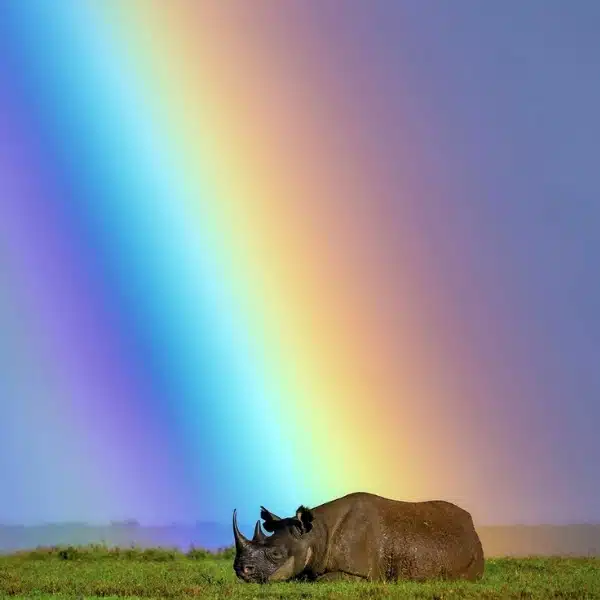As a longtime fan of Heiko Waechter, I had to get in touch with him to ask him about his street photography. Just how is he able to capture these beautiful yet fleeting moments? What would inspire him to start down this creative path? Read our interview with him, below, to find out.
What is it about street photography that you love?
?I like that you never quite know what you're going to get. It's a game of chance to a certain extent. Street photography teaches you to be alert because you never know when inspiration will strike. Also, you learn to look at your surroundings in a different way. When I stared out I had this fascination with what things look like photographed. I think that curiosity is important to hang on to. With more experience you can learn to visualize a shot in your head when you are looking at a scene and sense something is there, even before you pull out the camera. So what I love most is that fleeting moment, when you are in the right place, at the right time and in the right mood, and a scene unfolds before your eyes that you know needs to be captured. Everything stops around you and your entire focus is on getting the shot. I believe Henry Cartier-Bresson coined this “the decisive moment”.



You've photographed all over Asia – Beijing, Singapore, Taipei – what are some things you've learned about the people there?
?Being of half Chinese descent and having lived in Taipei for a while, I feel close to Chinese culture and people. I don't really want to romanticize life in Asia, particularly in affluent megalopolises, but I find the density of the population and the concentration of buildings make for a very stimulating environment in which to take photos. People are hard-working, often in more challenging conditions than in the West and for less pay, but there is such a strong sense of entrepreneurialism and social connectedness, particularly across generations, that I find inspiring. People are very friendly in general and I have had lots of interesting interactions while out shooting. Often, people seem curious why I would be taking photos of chairs in the street, instead of the temple 50 metres down the road. I was in Bali last year on holiday and was taking photos of a plastic bag caught in power lines, weaving in the wind. A local stopped on his scooter and asked me with the biggest smile on his face, “You don't have power lines in your country?”. We ended up chatting for a while before he took off and merged back into the traffic.



You got your first DSLR in 2007 and that's when you began digital photography. How was your learning curve? How long did it take you before you started feeling ready to put your work online?
?I had taken some photography electives at university and learned the basics on a film SLR camera, shooting black-and-white and developing prints in the dark room. That was a good grounding in some of the technical and compositional aspects of photography, but it still felt like starting from scratch when I bought my first DSLR. It didn't take me long to understand the feature set and technical capabilities. However, it turned out to be more difficult to apply this knowledge in praxis. It was very much a case of trial and error. In the beginning, I had the camera set to automatic most of the time. I skipped buying a kit lens and bought a fast prime lens instead with the camera body, so I had lots of fun playing around with the shallow depth of field and see what results I could achieve. As I got more comfortable with the equipment I slowly ventured into the more manual settings.
Because Flickr was a great source of inspiration for me to take photography more seriously, I pretty much started posting photos straight away. The social networking aspect of online photography can be very helpful when you start out. It's a great way to receive feedback on your work and get a feel for what makes a good photograph that resonates with different people for different reasons. I met some other Melbourne photographers on Flickr and we would catch up on a fairly regular basis to go shooting. That way I got to learn from some of the people whose work inspired me. It's interesting how the end results differ when you take a group of photographers and set them loose in the same environment, based on their individual styles and their equipment.



What is it like living in Melbourne, Australia? What is shooting on the street like there?
?I feel a great affinity to Melbourne that I hope comes through in my photos. It's a great place to live, with a fantastic diversity of people, culture and architecture. I live in the downtown area so that's where a lot of my photography takes place. The Central Business District is quite small compared to other cities, but despite the compact size there is a lot to explore. Melbourne has this hidden side to it, there are a lot of small alleys hanging off the larger streets, functioning as service lanes at the back of bars and restaurants. Away from the main pedestrian traffic, these areas have a special feel to them, as they are mostly inhabited by workers, going on breaks, dumping the day's rubbish and delivering supplies. It's a constantly changing environment, especially at night when you can almost feel the activity of the day gone by, crates turned upside down for a cigarette break, a constant flow of lost and found objects and other traces of human activity.
My photography is greatly influenced by the urban environment. I try to stay away from the main tourist attractions and focus on the more mundane aspects of city life, things that are not immediately obvious to passers by and only reveal their ‘interestingness' on closer inspection. That could be a common thread through my photos, but it is probably easier for others to judge. Broadly speaking, I would say I am interested in capturing the spaces between the buildings and the people who inhabit these spaces. Collectively, these photos are my portrait of Melbourne, based on my intimacy and familiarity with the city.



Your photos are always very clear and crisp. How do you manage to get these shots? What kind of post processing work is done?
?Abstraction plays a big role in my work, isolating elements from their surroundings is an interesting challenge for me. So framing and composition play a big role in achieving a clean style of photography. And then there's image processing software to correct or further enhance the digital negative. The amount of processing I will apply varies from photo to photo. I might only tweak the curves and levels to get a more contrasty look, or I might spend longer when elements in the frame need different treatment. It comes in handy to know how to use the pen tool when you need to mask out complex shapes. That can take hours at times. Then there could be changes to the color balance and removing blemishes, like cigarette butts. Tools like Photoshop allow me to accentuate what I see in an image, when the vision in my head does not quite match reality. The trick is to not overdo it so the end result is still believable.


Any tips you'd give to aspiring photographers (on catching a moment, shooting on the street, etc)?
I think photography is just like any other art form; it requires a level of dedication and ongoing practice. It can take time to work out your personal style so you have to keep at it. Look at and learn from other photographers that inspire you and be critical of your own work, so you can improve. If you don't feel comfortable by yourself on the street, head out with other photographers. Tap into the online community and find photography groups in your area. Start going down streets you haven't been down before and explore your environment.
Thanks for sharing your street stories with us, Heiko. We're enamored by your photography.
If you love Heiko's captivating street photos, you can now buy his prints over at our online art store, My Modern Shop.













































































